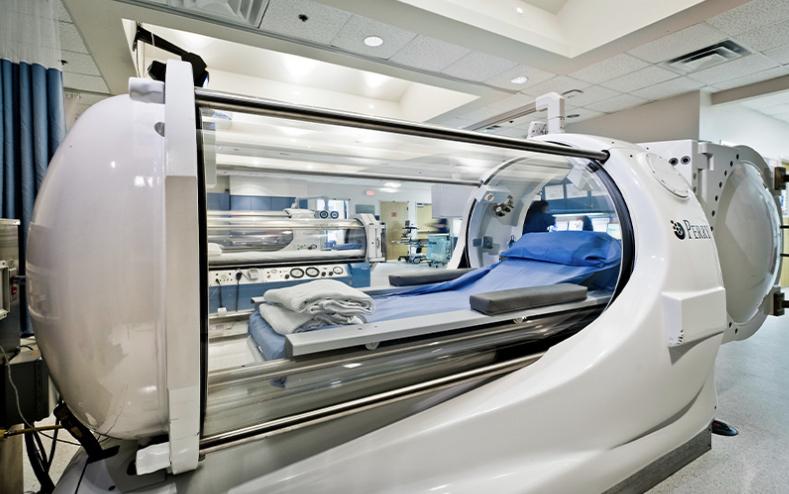Disclaimer: The summarized information presented in this article is intended for informational purposes only and is not meant to be a substitute for professional medical advice. Readers are advised to consult with their healthcare provider before considering any procedures mentioned in this article. Regenerative medical procedures, while promising, may be controversial and must be decided upon carefully considering individual health circumstances.
Regenerative medicine focuses on developing and applying new treatments to heal tissues and organs while restoring their functions due to aging, disease, damage, or defects. These new approaches go beyond disease management to support the body in improving itself to a state of well-being. From prenatal surgical intervention to lifelong degenerative diseases, the potential for regenerative medicine to treat a wide range of conditions makes it an exciting field with dramatic improvements in patient care.
This is the third, and last, article of a three-part series called Simplifying Regenerative Medicine explaining the concepts behind a few of the most novel breakthroughs in the field.
What is it?
Hyperbaric oxygen therapy (HBOT) involves breathing pure oxygen in a pressurized environment. Serving as a well-established treatment for decompression sickness, HBOT can also be used to treat diabetic-related wounds, radiation injuries, and air bubbles in the blood vessels. The air pressure in an oxygen chamber is increased two to three times higher as opposed to normal air pressure, maximizing the oxygen human lungs can gather. The air we breathe contains 21% oxygen, while HBOT provides air that contains 100% oxygen. Pure oxygen promotes the body’s ability to withstand infection and stimulates growth factors and stem cells containing healing properties.
Special chambers are utilized for patients to breathe pure oxygen in the higher air pressure levels. Monoplace chambers are built for one individual, slowly pressurizing to 100% oxygen. A multi-chamber can hold two or more people simultaneously, and everyone must breathe the oxygen through masks or hoods. A hyperbaric technician may also be in the chamber with the individuals as they receive treatment.
How Can It Be Used to Help Patients Today?
HBOT can help the body’s healing process by promoting the growth of new skin, connective tissues, and blood vessels. Wound injuries responsible for damaging blood vessels release fluids that cause swelling by leaking into the tissues. HBOT reduces swelling by filling the tissues with oxygen; the higher pressure in the chamber increases the amount of oxygen in the blood. Swelling and tissue death have the overall ability to slow down.
Aside from wound healing, reperfusion injuries have a greater tendency to be prevented. These types of injuries consist of severe tissue damage when blood returns to oxygen-deprived tissues. The damaged tissues cause the blood vessels to constrict blood flow. HBOT is responsible for seeking out the damaging molecules in the tissues while letting healing persist. Furthermore, toxins of harmful bacteria can be blocked, thereby resisting infection and improving immunity.
Precautions are vital to ensure patient safety and optimize HBOT’s effectiveness. Patients who have recently undergone surgeries, have a cold or fever or have certain types of lung disease possess contraindications to receiving hyperbaric oxygen therapy and treatment. Trauma to the middle ear is one of the most common complications after using HBOT due to the accumulation of pressure as the oxygen concentration within the chamber increases.
HBOT and Diabetes
Because lifestyle diseases such as Type 2 diabetes slow down the body’s ability to fight infection, diabetic patients are at a higher risk of developing infected cuts, sores, wounds, and damaged nerves. Hyperbaric oxygen therapy has improved glycemic control and anti-atherogenic changes in metabolism (reduced plaque buildup in the arteries). This treatment method has also been associated with higher rates of completely healed diabetic foot ulcers and reduced amputation rates. HBOT also improves the vascular blood flow in the lower limbs of patients, reducing inflammation and enhancing tissue metabolism.
Future Advancements
With ongoing research and technological advancements, HBOT is evolving and expanding its application. One of the most significant technological shifts is the customization of treatment protocols that adjust pressure levels, oxygen concentration, and session duration to optimize particular outcomes based on responses to initial treatments. More portable and affordable chambers have also been developed, allowing a more comprehensive range of patients to access HBOT. Increasing the value of its treatment opens up a broader level of insurance coverage and, consequently, higher use in clinical practice. Hyperbaric oxygen therapy remains a valuable treatment option in modern healthcare and regenerative medicine.


